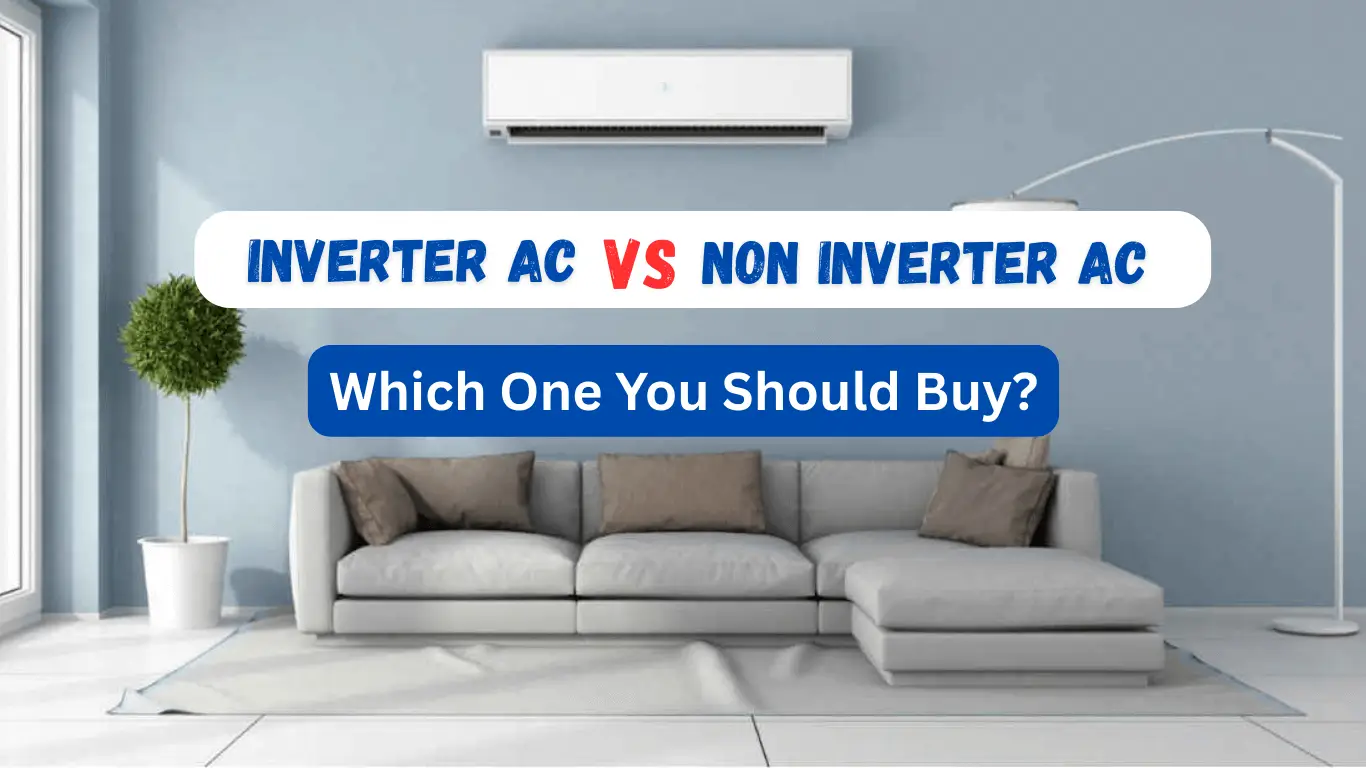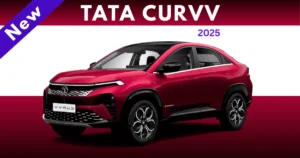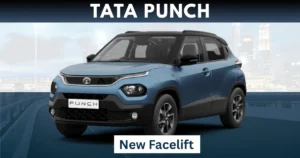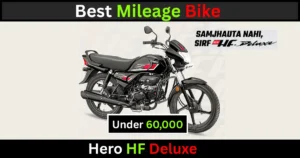Choosing the right AC can feel tough. Should you go for an inverter AC or a non‑inverter AC? In India alone, buyers purchased between 8 million and 10 million room ACs last year, most for the first time. As electricity prices rise and homes demand smarter cooling, understanding these two types is key. This AC buying guide breaks down the facts in simple terms.
What Is an Inverter AC?
An inverter AC uses a variable‑speed compressor. It ramps up or slows down to match cooling needs. This “smart cooling” avoids the constant start/stop cycles of older units. By running continuously at lower power when possible, it trims energy waste . Inverter ACs often feature energy‑saving modes and digital controls that fit into modern “energy‑efficient AC” trends.
What Is a Non‑Inverter AC?
A non‑inverter AC runs its compressor at full speed until it reaches the set temperature. Then it shuts off completely . When the room warms up again, it restarts at full power. This on/off cycling leads to power spikes and temperature swings. Non‑inverter units use a simpler design, which makes them easier to repair and less expensive initially.
Energy Efficiency Comparison
Inverter ACs can save up to 50% on energy compared to non‑inverter models. They adjust power draw in real time, so they avoid the high current surge at each startup. Non‑inv. ACs waste energy each time the compressor kicks on. If you run your AC more than 4 hours daily, these savings add up fast.
Cost Comparison
-
Upfront cost: ACs(Inverter) typically cost 10–30% more than non‑inverter units.
-
Operating cost: Non‑inverter ACs can drive electricity bills higher by 30–50% over a year.
-
Payback period: With daily use, an inverter AC often pays for itself within 2–3 years through lower bills.
Performance & Comfort
-
Cooling speed: ACs (Inverter) cool faster by running the compressor at higher speed when you first turn them on.
-
Temperature stability: Variable speed keeps room temperature within ±1 °C of your setting .
-
Noise levels: Inverter units run quieter—often below 40 dB—because they rarely work at full blast .
Maintenance & Durability
ACs (Inverter) have more electronic components. Repairs can cost more if the inverter drive fails . However, less on/off cycling reduces wear on the compressor and extends overall lifespan by 20–30% . Non‑inverter ACs are simpler and cheaper to fix, but they may need compressor replacement sooner due to frequent starts and stops.
Environmental Impact
By using refrigerants like R32 and cutting power use, inverter ACs lower greenhouse gas emissions by up to 49% over their lifetime . Non‑inverter ACs not only consume more electricity (often from fossil‑fuel grids) but also tend to leak older, more harmful refrigerants over time . Choosing an energy‑efficient AC can be a small step in reducing your carbon footprint.
Comparison of Inverter vs Non‑Inverter AC
|
Feature |
Inverter AC | Non‑Inverter AC |
|---|---|---|
| Energy Efficiency | Saves 30–65% electricity by variable‑speed compressor control | Higher consumption due to full‑power start/stop cycles; energy wasted at each restart |
| Upfront Cost | 10–30% higher purchase price | Lower initial cost; budget‑friendly |
| Operating Cost | Lower electricity bills; faster payback over 3–5 years with daily use | Higher long‑term bills; no energy‑saving modulation |
| Cooling Performance | Faster initial cooling, stable temperature ±1 °C, quieter (<40 dB) | Slower cooling, temperature swings, louder on restart |
| Maintenance & Durability | More complex electronics; higher repair cost but longer compressor life due to less cycling | Simpler design; cheaper repairs but compressor wears faster from frequent on/off |
| Environmental Impact | Uses eco‑friendly R32 refrigerant, reduces CO₂ footprint via lower energy use | Often older refrigerants, higher indirect emissions from power use. |
Which one You Need?
If you run your AC for long periods—say in a hot climate or a poorly insulated home—an AC (inverter) is worth the extra cost. It offers “best AC 2025” levels of energy savings, quiet operation, and stable comfort. If you need cooling only occasionally, or upfront budget is tight, a non‑inverter AC still does the job at lower purchase price. Ready to upgrade? Check out top inverter AC models from LG, Daikin, Voltas, and Panasonic. Share your cooling needs in the comments, and let us know which AC you choose!
Top 5 Inverter and Non‑Inverter ACs in India
Inverter ACs
| Brand & Model | Price (₹) | Purchase Link |
|---|---|---|
| LG 1.5 Ton 5 Star Dual Inverter Split AC | 45,490 | [View on Live Mint] mint |
| Daikin 1.5 Ton 3 Star Inverter Split AC | 37,490 | [View on Amazon] Amazon |
| Voltas 1.5 Ton 5 Star Inverter Window AC (185V ADA) | 37,990 | [View on Gadgets360] Gadgets 360 |
| Carrier 1.5 Ton 3 Star Flexicool Inverter Wi‑Fi Smart Split AC | 41,085 | [View on Flipkart] Flipkart |
| Panasonic 1.5 Ton 5 Star Wi‑Fi Inverter Smart Split AC | 36,490 | [View on Flipkart] Flipkart |
Non‑Inverter ACs
| Brand & Model | Price (₹) | Purchase Link |
|---|---|---|
| Lloyd 1.0 Ton 2 Star Fixed Speed Window AC | 25,490 | [View on Amazon] Amazon |
| Daikin 0.8 Ton 3 Star Fixed Speed Split AC | 27,990 | [View on Gadgets360] Gadgets 360 |
| Blue Star 1.2 Ton 3 Star Fixed Speed Split AC | 34,000 | [View on Gadgets360] Gadgets 360 |
| Voltas 1.5 Ton 3 Star Turbo Mode Window AC | 29,700 | [View on Amazon] Amazon |
| Godrej 1.5 Ton 3 Star 4‑Way Air Swing Fixed Speed Split AC | 36,800 | [View on Amazon] Amazon |
These selections reflect a balance of energy efficiency, performance, upfront cost, and brand reliability to suit both heavy‑use (inverter) and budget/occasional‑use (non‑inverter) scenarios.









1 thought on “Inverter AC VS Non‑Inverter AC. Which One You Should Buy?”
Comments are closed.